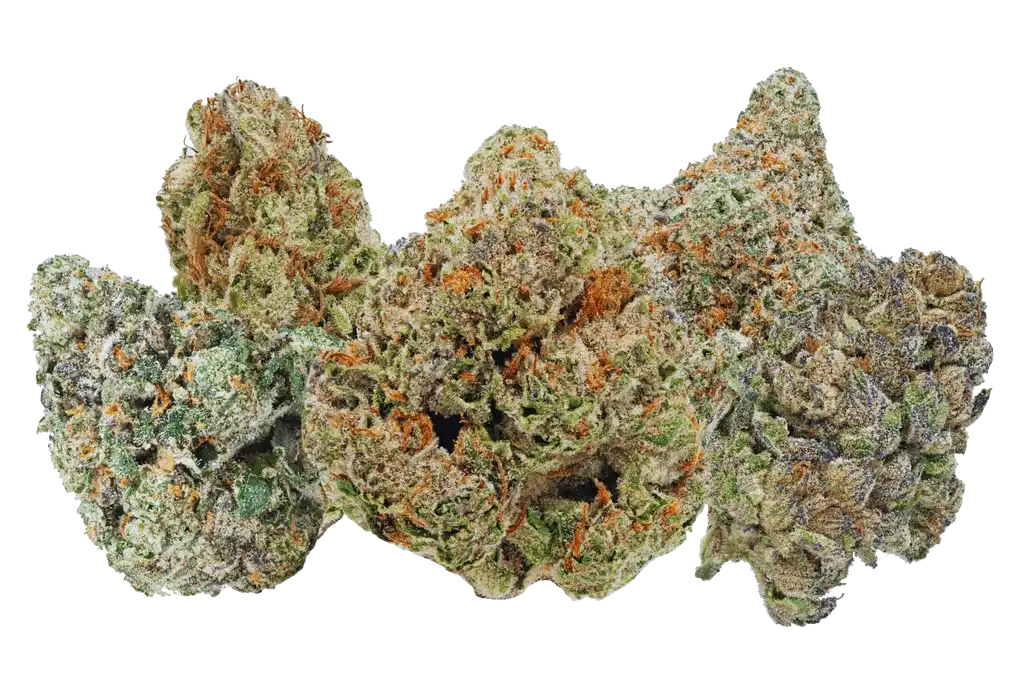
What is THCA?
THCA is really a cannabinoid present in raw and live cannabis. When cannabis is harvested, it contains a variety of cannabinoids within their acidic forms, such as for example THCA and CBDA. THCA itself is not psychoactive, meaning it doesn't produce the euphoric effects typically connected with cannabis consumption. However, when THCA is subjected to heat through an activity called decarboxylation (such as smoking, vaping, or cooking), it converts to THC, the psychoactive component.
Benefits of THCA Flower
1. Non-Psychoactive Properties
THCA flower can be consumed in its raw form without causing a high. This helps it be appealing for those seeking the potential therapeutic advantages of cannabis without the psychoactive effects.
2. Potential Health Benefits
Preliminary research implies that THCA may offer a variety of health benefits. These include anti-inflammatory properties, neuroprotective effects, antiemetic (anti-nausea) properties, and potential anti-cancer properties. However, it's important to notice that much with this research continues to be in early stages, and more studies are required to confirm these benefits.
3. Versatile Consumption Methods
THCA flower may be used in several ways. It may be juiced, blended into smoothies, or utilized in tinctures and topicals. When kept in its raw form, it offers the benefits of cannabinoids without psychoactivity, which makes it versatile for different health and wellness applications.
How to Use THCA Flower
1. Raw Consumption
One of many simplest ways to consume THCA flower is to eat it raw. This can be done by the addition of raw cannabis leaves and buds to salads, smoothies, or juices. This approach preserves the THCA in its non-psychoactive form.
2. Topicals and Tinctures
THCA can be infused into oils or alcohol to produce tinctures, which is often taken sublingually (under the tongue) for systemic effects. Topicals can be applied directly to the skin for localized relief without psychoactive effects.
3. Decarboxylation for Psychoactive Effects
If the target is to have the psychoactive effects, THCA flower can be decarboxylated by heating. This can be done through smoking, vaping, or cooking. When THCA is heated, it converts to THC, delivering the expected psychoactive effects.
Legal Considerations
The legal status of THCA flower can differ according to jurisdiction. In several places, THCA is not classified as a controlled substance, primarily because it's non-psychoactive in its raw form. However, once it's decarboxylated and changed into THC, it may fall underneath the same regulations as other THC products. It is essential to comprehend and adhere to local laws regarding cannabis use and possession.
Conclusion
THCA flower represents an exciting option within the cannabis market, offering potential therapeutic benefits without the psychoactive effects of THC. Its versatility in consumption methods, coupled with emerging research on its health benefits, helps it be an invaluable addition to the repertoire of both recreational and medicinal cannabis users. Whilst the cannabis industry continues to evolve, understanding and exploring compounds like THCA is going to be crucial for maximizing the plant's potential benefits.